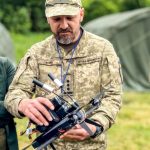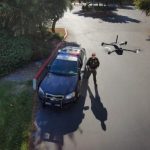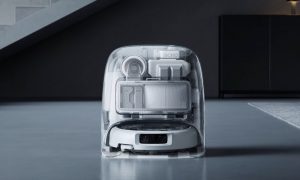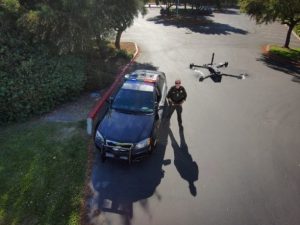How to Manage Clients Who Know Little About DJI Drones
Hello fellow pilots! I hope this message finds you well. As I’ve mentioned before, my work revolves around commercial photography and videography for brands like BMW, Porsche, and Mini Cooper. Often, I find myself in situations where marketing and social media managers ask, “Did you bring your DJI drone?”
“Yes, I did,” I reply, only to realize the expectations that come with it.
Navigating Client Expectations
When they see the drone, they often have elaborate ideas, like having it perform stunts that would make for a thrilling scene in an action movie. Recently, while working on a project for BMW Motorrad, a marketing manager asked if I could fly the drone indoors through windows and around technicians. In my mind, I quickly assessed the safety and feasibility of the request.
“Let me explain how this works,” I thought to myself. “You have an idea for drone shots, but I need to evaluate the safest and most visually appealing way to achieve that.” I must maintain control over the situation because my expertise is crucial for safety and effectiveness.
Mastering the Art of Client Communication
I held back from expressing my true thoughts, knowing that my income depended on keeping the client happy. Instead, I calmly navigated the conversation, smiling and accommodating their ideas.
“How about we try a fly-by from this point to that point, ensuring the best aesthetics?” I suggested. “And no, I can’t fly in the rain unless you want to invest in a $19,000 drone equipped for it.”
The Importance of Client Education
One vital lesson I’ve learned is that educating clients about drone capabilities is just as critical as technical skills. Many client’s perceptions are shaped by Hollywood and sensationalized videos circulating online.
Creating the “Drone Reality Sandwich”
To bridge this gap, I employ what I call the “drone reality sandwich”—starting with enthusiastic agreement, following with realistic capabilities, and concluding with an exciting alternative. This technique has proven effective in shifting their vision to something practical yet impressive.
I also find it helpful to present examples of my previous work that closely align with their ideas. Having a folder on my tablet labeled “Drone Reality Check” filled with achievable comparisons allows me to demonstrate what we can do, saving time in discussions.
Conclusion
After successfully capturing elegant footage of BMW technicians at work, the marketing team was thrilled. The manager even remarked, “This is actually better than what I had in mind!” What a win!
Fellow pilots, when clients ask about seemingly outlandish requests, remember to breathe and prepare your “drone reality sandwich.” It’s all about managing expectations while delivering high-quality results.













